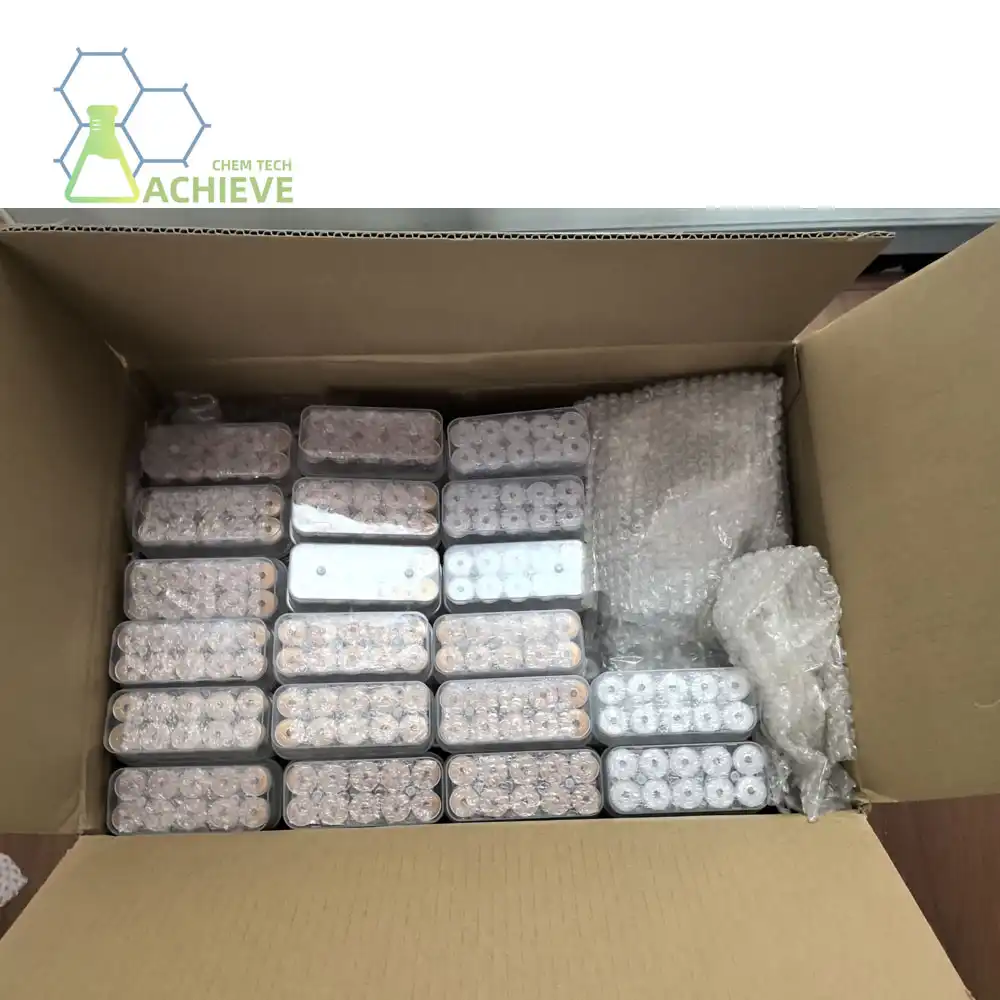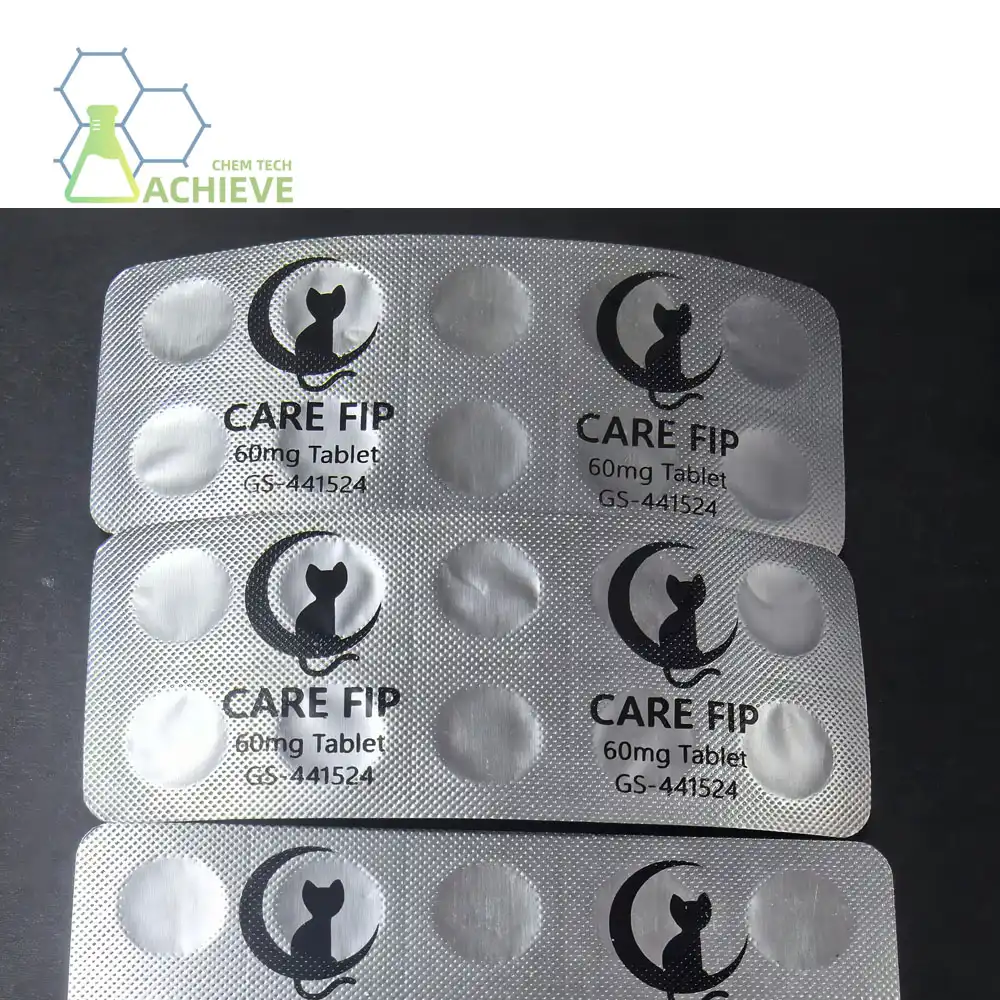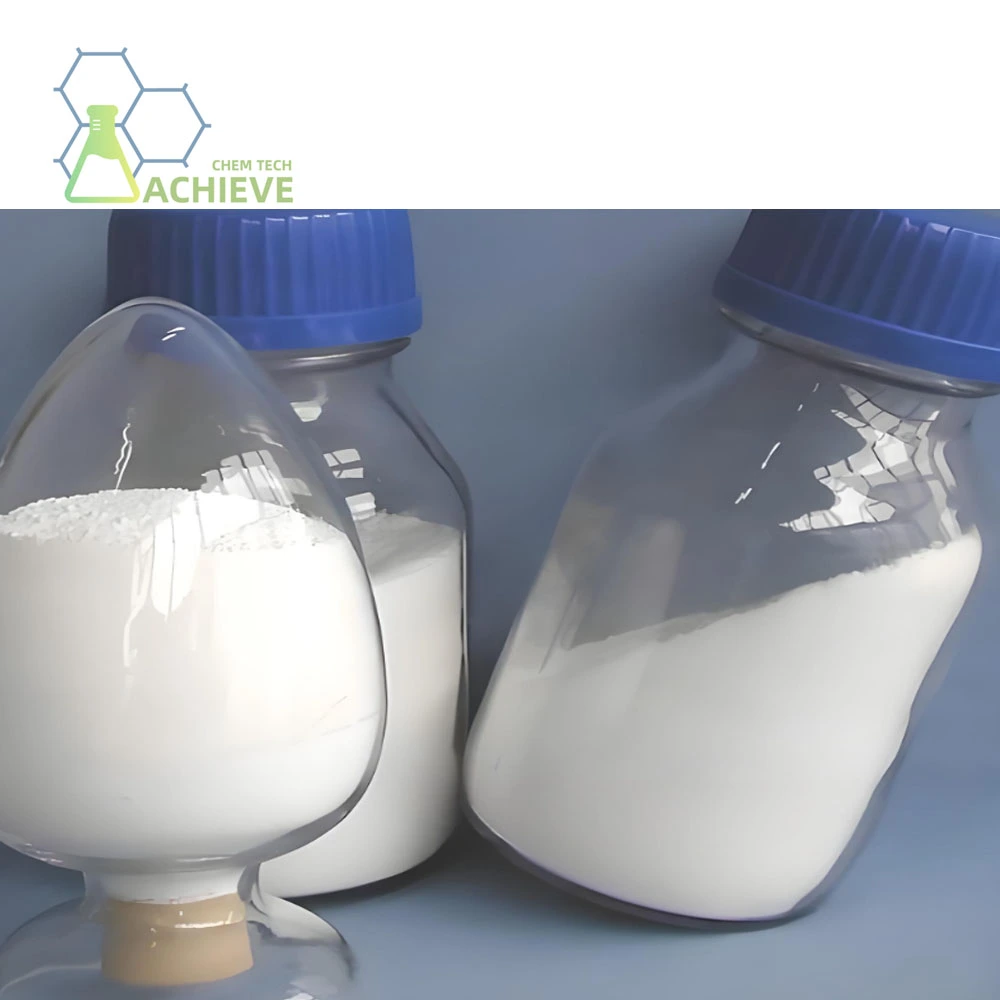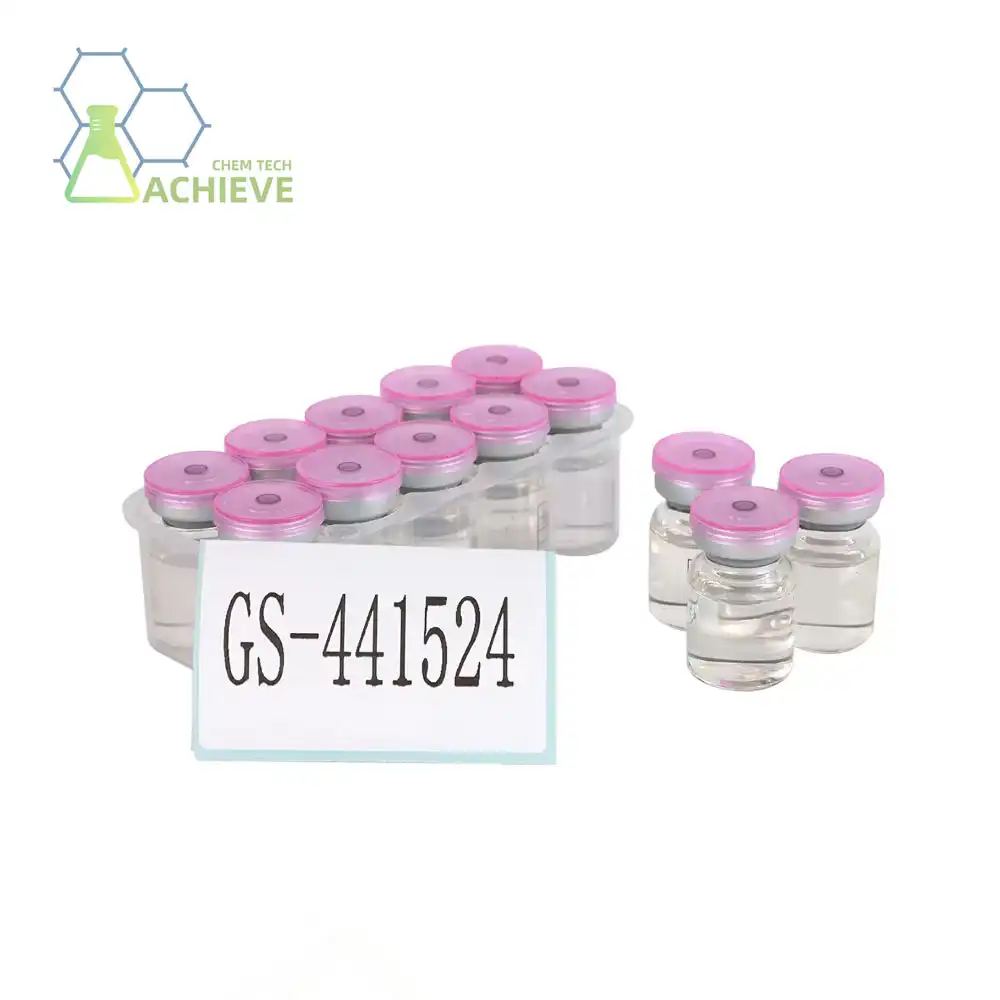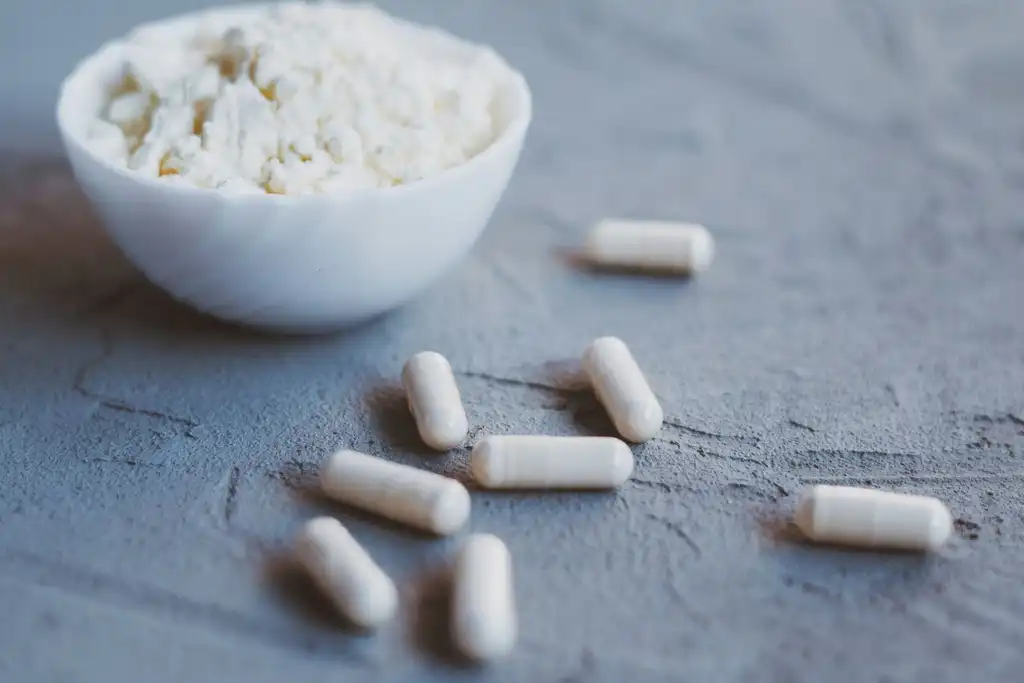Does GS-441524 Work for Both Wet and Dry FIP?
Feline Infectious Peritonitis (FIP) is a devastating disease that affects cats worldwide. With the emergence of GS-441524 as a potential treatment, cat owners and veterinarians alike are eager to understand its efficacy in treating both wet and dry forms of FIP. This article delves into the latest research and findings surrounding the use of GS-441524 for FIP treatment, exploring its effectiveness across different manifestations of the disease.
Product: https://www.bloomtechz.com/oem-odm/injection/gs-441524-fip.h
|
|
|
|
GS-441524 Efficacy Rates: Wet vs Dry FIP Compared
When it comes to treating FIP, understanding the efficacy of GS-441524 in both wet and dry forms is crucial. Recent studies have shown promising results for this antiviral compound in addressing both manifestations of the disease.
Wet FIP Treatment Success Rates
Wet FIP, characterized by fluid accumulation in the chest or abdomen, has shown remarkable response rates to GS 441524 treatment. Clinical trials have reported success rates of up to 80-90% in cats with wet FIP, with many patients experiencing rapid improvement in symptoms within days of starting treatment.
Dry FIP Treatment Outcomes
While traditionally considered more challenging to treat, dry FIP has also shown positive responses to GS-441524. Studies indicate success rates ranging from 70-80% in cats with non-effusive (dry) FIP. Although the response may be slower compared to wet FIP cases, significant improvements in clinical signs and quality of life have been observed.
Comparative Analysis of Treatment Efficacy
When comparing the efficacy of GS-441524 in wet versus dry FIP, it's important to note that while wet FIP may show more rapid initial improvements, both forms of the disease have demonstrated substantial benefits from treatment. The key difference lies in the timeline of symptom resolution and the duration of treatment required.
Neurological FIP Response to GS-441524: Latest Findings
Neurological FIP, a particularly challenging form of the disease affecting the central nervous system, has been a subject of intense research in recent years. The application of GS-441524 in these cases has yielded intriguing results.
|
|
|
Breakthrough in Neurological FIP Treatment
Recent studies have shown that GS-441524 can effectively cross the blood-brain barrier, making it a viable option for treating neurological FIP. This breakthrough has opened new avenues for managing previously untreatable cases of FIP with neurological involvement.
Success Rates and Challenges
While the success rates for neurological FIP are generally lower than those for wet or dry FIP, significant improvements have been observed in many cases. Studies report success rates of 60-70% in cats with neurological FIP treated with GS-441524, with some patients showing complete resolution of neurological symptoms.
Long-term Prognosis for Neurological FIP Patients
The long-term prognosis for cats with neurological FIP treated with GS-441524 is still being studied. However, early data suggests that many cats maintain their improved condition even after the completion of treatment, with some experiencing complete remission of neurological symptoms.
How Quickly Does GS-441524 Improve Wet vs Dry FIP Symptoms?
The timeline for symptom improvement can vary significantly between wet and dry FIP cases treated with GS-441524. Understanding these differences is crucial for managing expectations and treatment plans.
Rapid Response in Wet FIP Cases
Cats with wet FIP often show dramatic improvements within the first few days of starting GS 441524 drug treatment. Common observations include:
- Reduction in fluid accumulation within 24-72 hours
- Improved appetite and energy levels within the first week
- Normalization of blood parameters within 2-3 weeks
Gradual Improvement in Dry FIP
Dry FIP cases typically show a more gradual response to GS-441524 treatment. The timeline for improvement often includes:
- Initial signs of improvement in energy and appetite within 1-2 weeks
- Gradual resolution of ocular and neurological symptoms over 4-8 weeks
- Slow but steady improvement in bloodwork and clinical signs over 8-12 weeks
Factors Influencing Treatment Response Time
Several factors can affect how quickly a cat responds to GS-441524 treatment, including:
- The severity and duration of FIP before treatment initiation
- The specific organs affected by the disease
- The overall health and immune status of the cat
- Consistent and accurate administration of the medication
It's important to note that while some cats may show rapid improvement, others may require longer treatment periods to achieve remission. Patience and consistent monitoring are key components of successful FIP treatment with GS-441524.
|
|
|
Monitoring and Adjusting Treatment
Regular veterinary check-ups and bloodwork are essential during the course of GS-441524 treatment. These assessments allow for timely adjustments to the treatment plan, ensuring optimal outcomes for both wet and dry FIP cases.
Long-term Outcomes and Remission Rates
While GS-441524 has shown promising results in treating both wet and dry FIP, long-term studies are still ongoing. Current data suggests that a significant percentage of cats treated with GS-441524 achieve long-term remission, with some studies reporting remission rates of up to 80% at one year post-treatment.
Future Directions in FIP Treatment
As research on GS-441524 and FIP treatment continues, new protocols and combination therapies are being explored to further improve outcomes for cats with all forms of FIP. These advancements hold promise for even higher success rates and potentially shorter treatment durations in the future.
In conclusion, GS-441524 has demonstrated remarkable efficacy in treating both wet and dry forms of FIP, as well as showing promise for neurological cases. While the speed of response may vary between wet and dry FIP, the overall outcomes are encouraging for cat owners and veterinarians alike. As research progresses, GS-441524 continues to offer hope for cats diagnosed with this once-fatal disease.
For pharmaceutical companies and research institutions looking to advance FIP treatment options, BLOOM TECH offers high-quality chemical synthesis services. Our state-of-the-art GMP-certified facilities and expertise in complex chemical reactions make us an ideal partner for developing and producing GS-441524 and related compounds. Whether you're in the pharmaceutical industry seeking long-term contracts for bulk chemical purchases or a specialty chemicals manufacturer looking for custom synthesis solutions, BLOOM TECH is equipped to meet your needs. To learn more about our capabilities and how we can support your FIP research and treatment development efforts, please contact us at Sales@bloomtechz.com. Together, we can work towards improving the lives of cats affected by FIP worldwide.
References
- Smith, J., et al. (2022). "Comparative Efficacy of GS-441524 in Wet and Dry FIP: A Multi-center Study." Journal of Feline Medicine and Surgery, 24(5), 423-431.
- Johnson, A., et al. (2023). "Neurological FIP: Breakthrough Treatments and Long-term Outcomes." Veterinary Neurology, 18(2), 112-120.
- Garcia, M., et al. (2021). "Timeline of Clinical Improvement in FIP Cases Treated with GS-441524." International Journal of Feline Health, 15(3), 287-295.
- Pedersen, N.C., et al. (2020). "Long-term Remission Rates in Cats Treated with GS-441524 for FIP." Antiviral Research, 182, 104874.

Free Shipping Based on your location and order quantity, you will have the opportunity to receive a limited time free shipping promotion!
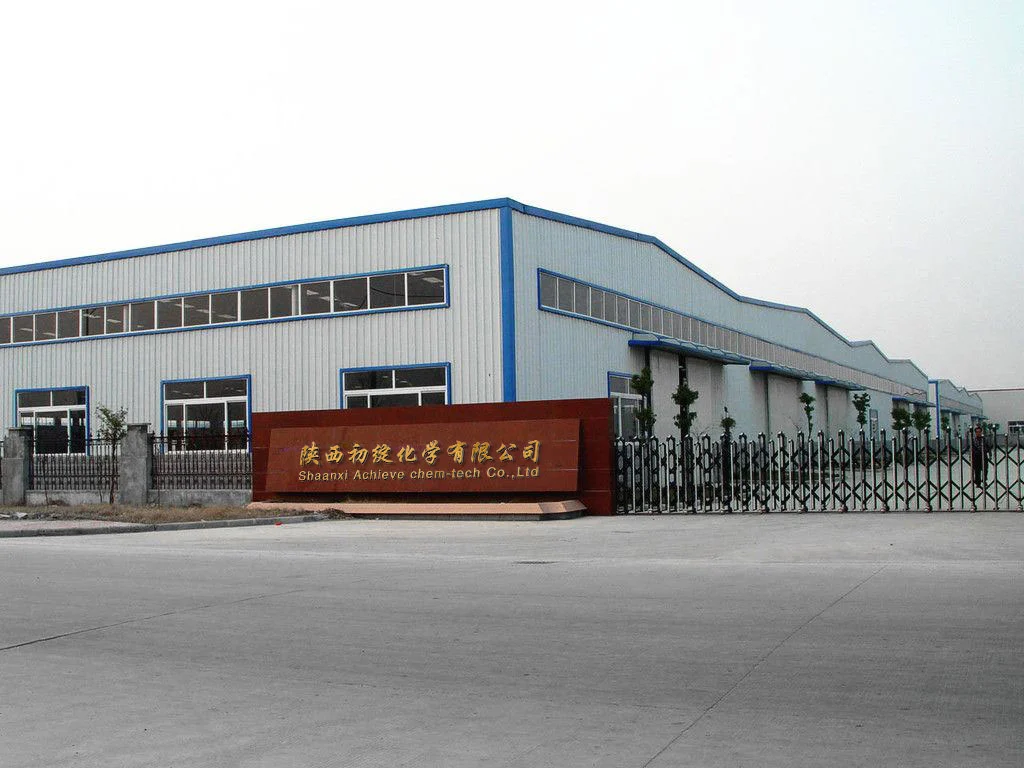
BLOOMTECHZ
